Life needs clean water. It makes us healthy, and it makes communities flourish. Access to safe drinking water reduces the incidence of disease and improves the overall quality of life.
Nations labour to maintain pure water. They employ strict regulations, innovative technology and frequent testing to protect water supplies.
Germany is renowned for having some of the cleanest water in the world. It gets most of its water from underground sources and glaciers. They treat their water in highly sophisticated ways and adhere to rigorous regulations. That way, people can get safe water from the tap.
Today, we'll examine which countries have the cleanest water. We'll discuss how they handle it and where India ranks globally.
Check Out| Which Country Has More Than One Capital? List of Top 15 Countries with Multiple Capitals
List of Countries with the Safest Drinking Water in the World
According to the Environmental Performance Index, here are the top 10 countries with the safest drinking water in the world:
| Country | Rank | EPI Score | 10-Year Change |
| Finland | 1 | 100 | 0.3 |
| Iceland | 1 | 100 | 0.9 |
| Netherlands | 1 | 100 | - |
| Norway | 1 | 100 | 1.0 |
| Switzerland | 1 | 100 | - |
| United Kingdom | 1 | 100 | 0.8 |
| Malta | 7 | 99.8 | 1.6 |
| Germany | 8 | 99 | 0.9 |
| Luxembourg | 9 | 98.6 | 2.0 |
| Sweden | 10 | 98.5 | 1.9 |
| Greece | 11 | 98.2 | 0.6 |
| Italy | 11 | 98.2 | 1.5 |
| Denmark | 13 | 97.4 | 2.5 |
| Ireland | 13 | 97.4 | 1.7 |
| Spain | 15 | 96.8 | 1.0 |
| India | 139 | 19.4 | 8.9 |
1. Finland
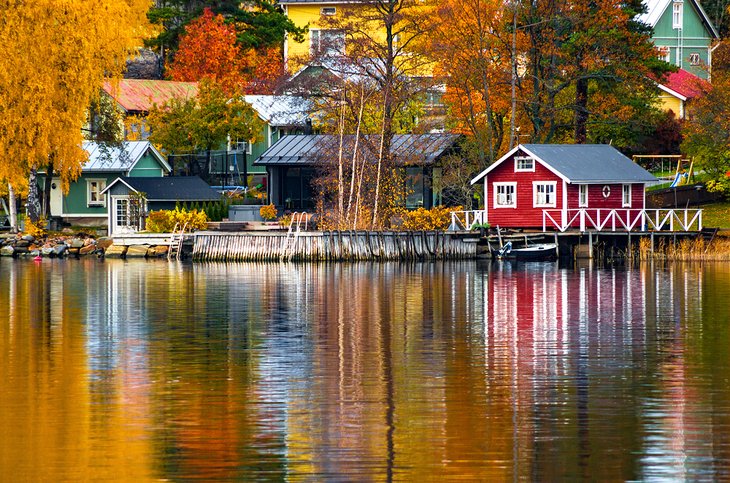
Source: Planetware
Finland has abundant fresh water—lakes and rivers cover 10% of its land. Nearly everyone gets treated water from public systems; some use private wells.
Approximately 85% of wastewater undergoes advanced treatment. Only 2% of water resources are used, and leakages are low. Water quality is closely monitored from source to tap and is safe 99.99% of the time.
Strict monitoring ensures that bacterial and chemical levels remain well below the limits. Nature protection around water sources is strong.
2. Iceland

Source: CNN
With virtually no industrial pollution and pristine glaciers and aquifers, Icelandic tap water is naturally clean.
Most of the public is connected to municipal supply using local groundwater. Wastewater is well-treated. Due to the low population, wastage is minimal. No chlorination is needed—the water tastes pure.
3. Netherlands
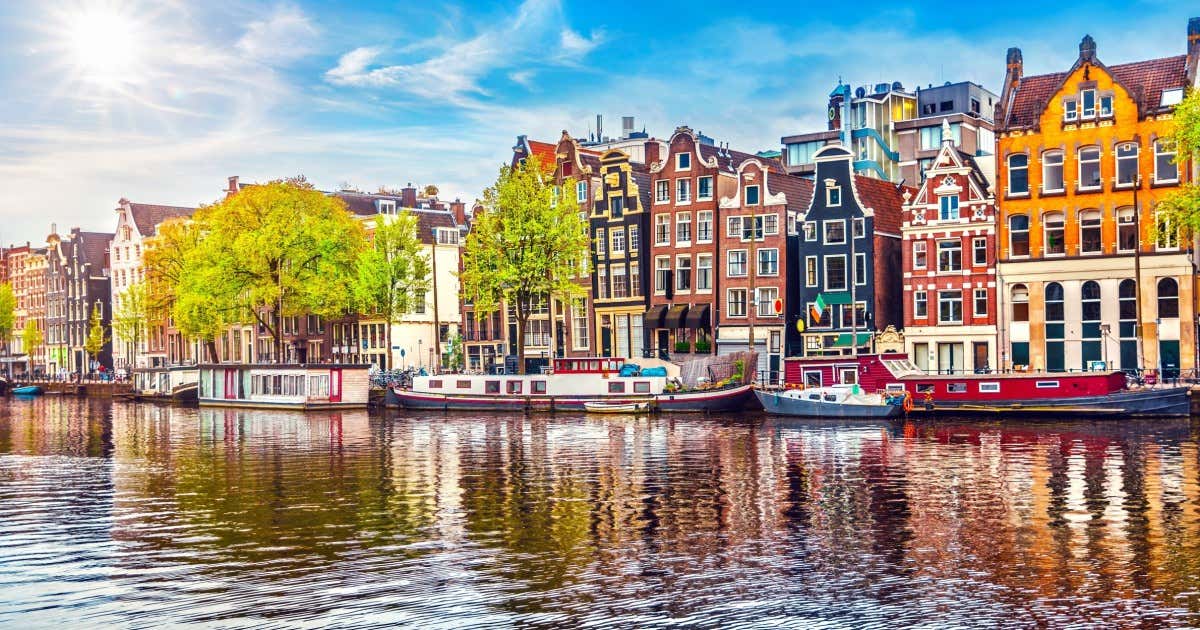
Source: Getyourguide
The Netherlands utilises 60% groundwater and 40% surface water, primarily sourced from the Rhine and Meuse rivers. Only ~6% of water is lost to leaks. Strict benchmarking since 1997 ensures high quality. Almost all supply is metered and billed to encourage conservation, at approximately 129 litres per person per day.
4. Norway
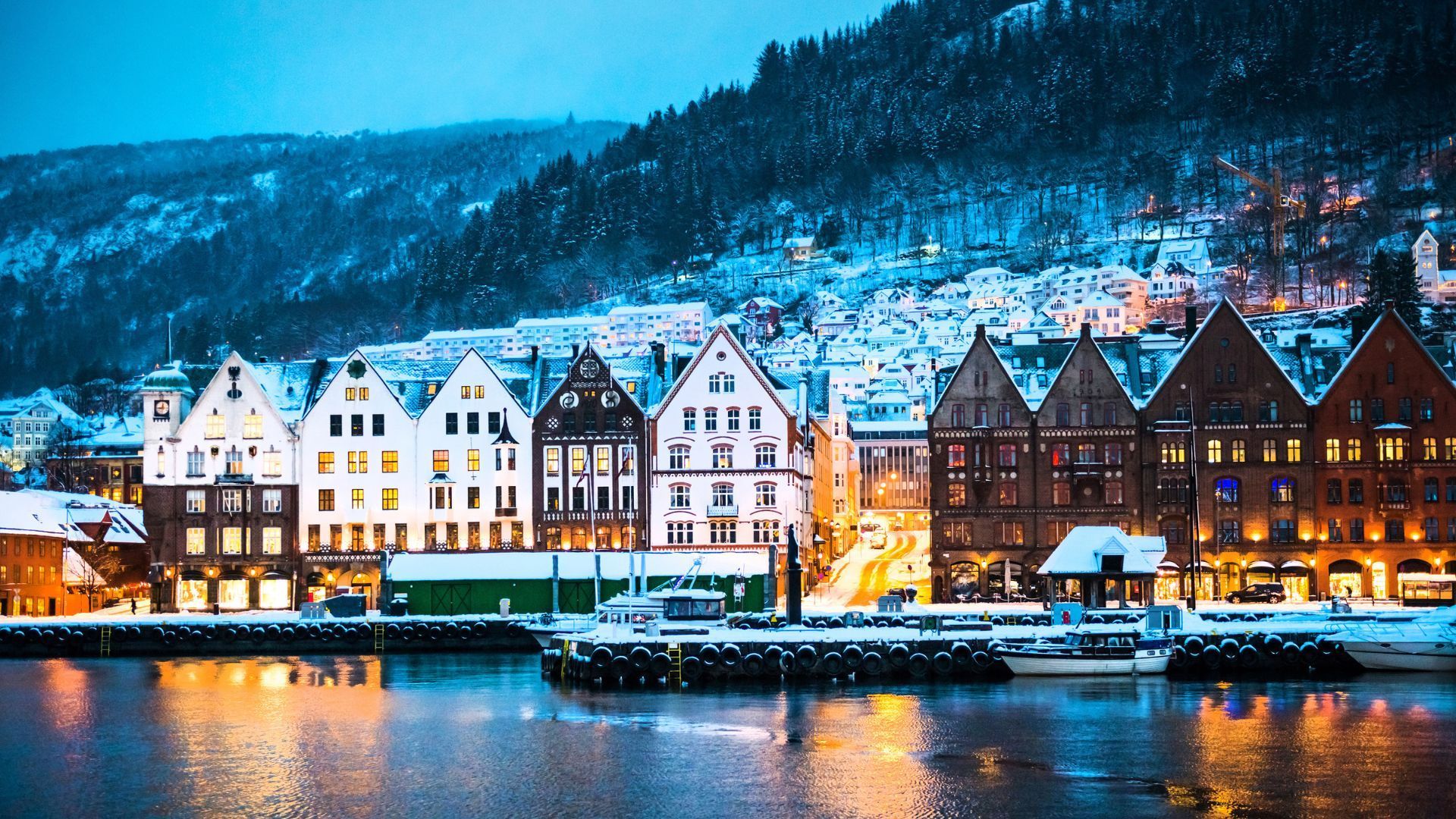
Source: Travel and Leisure Asia
Norway's water comes mainly from clean lakes and mountain rivers. Treatment, including UV and filtration, is standard. A rare chemical treatment is used. Very low pollution in source waters means tap water is nearly pure. Infrastructure is top-notch, with low leakage rates. Usage is moderate.
Wastewater is fully treated. Locals are taught to care for lakes and rivers. Regular monitoring confirms the safety of its water. Norway's natural wealth and excellent system maintenance make its water among the most reliable and safest on earth.
5. Switzerland
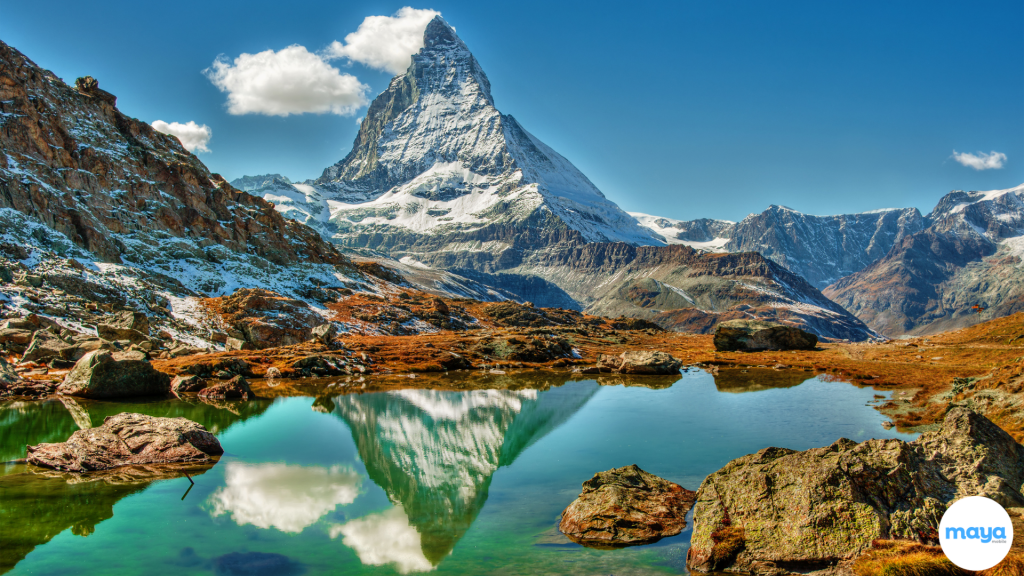
Source: Maya Mobile
Switzerland benefits from Alpine glaciers, springs, and rivers. Most water is groundwater or spring-fed. Treatment is minimal—often just UV and filtration.
Quality checks are frequent and strict. Swiss households waste very little water. Infrastructure is modern and well-maintained. Recycling and rainwater harvesting are standard practices in homes.
Drinking water lakes and aquifers are protected by law. Nationwide policies limit pollution sources. With natural purity and minimal treatment, Swiss tap water is fresh and delicious, ranking among the world's best.
Read On| What Is The Longest Country Name In The World? Top 5 Countries with the Longest Names
6. United Kingdom
:max_bytes(150000):strip_icc()/GettyImages-560641539-58b596f23df78cdcd865a4f4.jpg)
Source: ThoughtCo
The UK uses advanced purification and consistent monitoring. Most drinking water comes from rivers and reservoirs. Treatment plants remove bacteria, sediment, and chemicals. Leaks are low thanks to infrastructure investment.
Recycling of water and rainwater harvesting reduce waste. Regular quality checks ensure safety, while strict regulations limit the release of pollutants. The UK's integrated management, efficient delivery, and robust treatment systems support its high ranking for drinking water cleanliness and safety.
7. Malta

Source: Expedia
Over 60% of Malta's drinking water is from the desalination of seawater via reverse osmosis plants. Water is tightly managed, with leakage rates being low due to the high cost. Wastewater is also treated. Conservation campaigns help reduce per‑capita use.
8. Germany
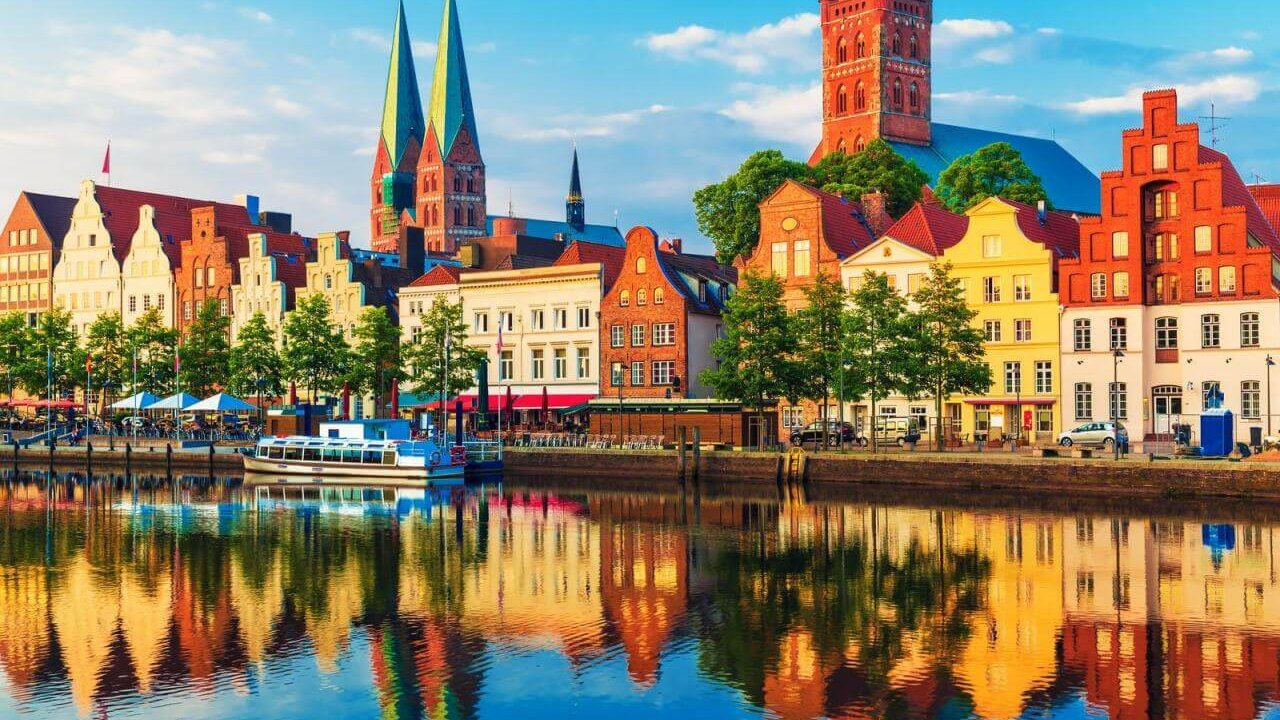
Source: Erudera
Germany ranks first due to its clean and well-managed water systems. Most household water comes from groundwater (65%), springs (9%), and bank‑filtered or surface water (25%). Public and industry use is low. Nearly all wastewater is treated to EU standards (~94%).
A strong network of treatment plants and strict rules limit wastage. Water quality is excellent at the tap. Germany's careful resource use and advanced treatment ensure clean, safe drinking water every day.
9. Luxembourg
;img.crop(width:1080%2Cheight:608))
Source: TUI
Luxembourg utilises groundwater and surface water from clean aquifers. It purifies water with state-of-the-art filtration and disinfection. Well-designed pipes keep waste down. Per capita consumption is average. All wastewater is treated to high EU standards.
Water safety testing is done regularly. Source protection areas are stringently imposed. Water management agencies monitor consumption and leak rates. Luxembourg is a small and well-governed country, which ensures its drinking water quality remains top-notch.
10. Sweden

Source: Forbes
Sweden shares strong public systems, strict water protection, and high treatment standards. Most supply comes from clean mountain springs, glaciers, or protected aquifers. Leakages are low (~5–10%), and per-person water use is modest. Wastewater treatment is advanced.
11. Greece
Greece's water supply primarily comes from rivers, lakes, and aquifers. Treatment plants disinfect and filter the water before it reaches taps.
Coastal and island areas rely on desalination when needed. The country urges water conservation during dry summer months. Public campaigns teach about saving water. Infrastructure upgrades have reduced leak levels. EU water standards are strictly enforced.
Monitoring ensures early detection of issues. Even in remote areas, local systems maintain quality. Greece combines natural sources and diligent treatment to provide clean, safe tap water for citizens and tourists alike.
12. Italy
Italy relies on clean springs and groundwater from its mountains. Major cities use Alpine and Apennine aquifers. Treatment plants add disinfection and filtration. Water use is relatively low. Wastage is minimised by fixing leaky pipes.
Regional agencies regularly monitor and report on water quality. Many areas encourage rainwater harvesting.
A mix of central rules and local management ensures safety. Regular checks and public reporting reinforce trust. Italy's natural resources, strong regulations, and ongoing infrastructure projects help keep its water among the cleanest globally.
13. Denmark
Denmark relies entirely on naturally clean groundwater, protected from pollution at its source. Over 95% of the population is served by local waterworks.
Leakages are impressively low—around 7–8%—thanks to smart metering, pressure control, and advanced leak detection systems, such as noise loggers and District Metered Areas. Utilities that exceed a 10% water loss face fines, which adds pressure to minimise waste.
Nearly all wastewater is treated, and a significant portion is recycled. Despite traces of pesticides in some areas, strong monitoring and purification measures protect consumers. Denmark also aims for climate-neutral water systems by 2030.
14. Ireland
Ireland sources water from lakes, rivers and groundwater. Treatment plants include filtration, UV light, and chlorination. They do quality testing often. Per-capita water consumption is reasonable. Water loss is reduced by repairing pipes throughout the network.
They do have rigorous EU water standards. Public awareness campaigns back efficiency. Rural towns and cities alike have access to safe and well-managed water services. Ireland's protected watersheds and robust treatment practices help maintain high-quality drinking water.
15. Spain
Spain relies primarily on surface water (~63–74%), with groundwater (~19–33%) and some desalination (~4–7%). Almost all people have access to safe drinking water and sewer systems.
However, high water losses persist — approximately 24% nationally, with some areas experiencing losses of over 30% due to leaks.
Agriculture is a significant contributor to groundwater pollution, with nearly half of the groundwater becoming contaminated, especially from nitrates, although tap water remains within safe limits.
Droughts in places such as Catalonia and Andalusia prompt Spain to invest in desalination and the reuse of treated wastewater.
139. India
India faces challenges with water quality and supply. Rural areas get 85% of their drinking water from groundwater. Many cities and villages still rely on untreated sources.
The Jal Jeevan Mission is installing tap connections and enhancing water supply reliability. Sewage treatment covers only ~27% of urban wastewater. Wastage is high, up to ~30% daily per household.
Heavy groundwater extraction causes depletion and pollution. Efforts include rainwater harvesting, wastewater reuse, and infrastructure upgrades. India continues to strive to match the safe and clean standards seen in top-ranked countries.
In Case You Missed| Countries With Most Powerful Military Force (2025) | Check India's Rank
What is the Rank of India in Clean Water and Sanitation?
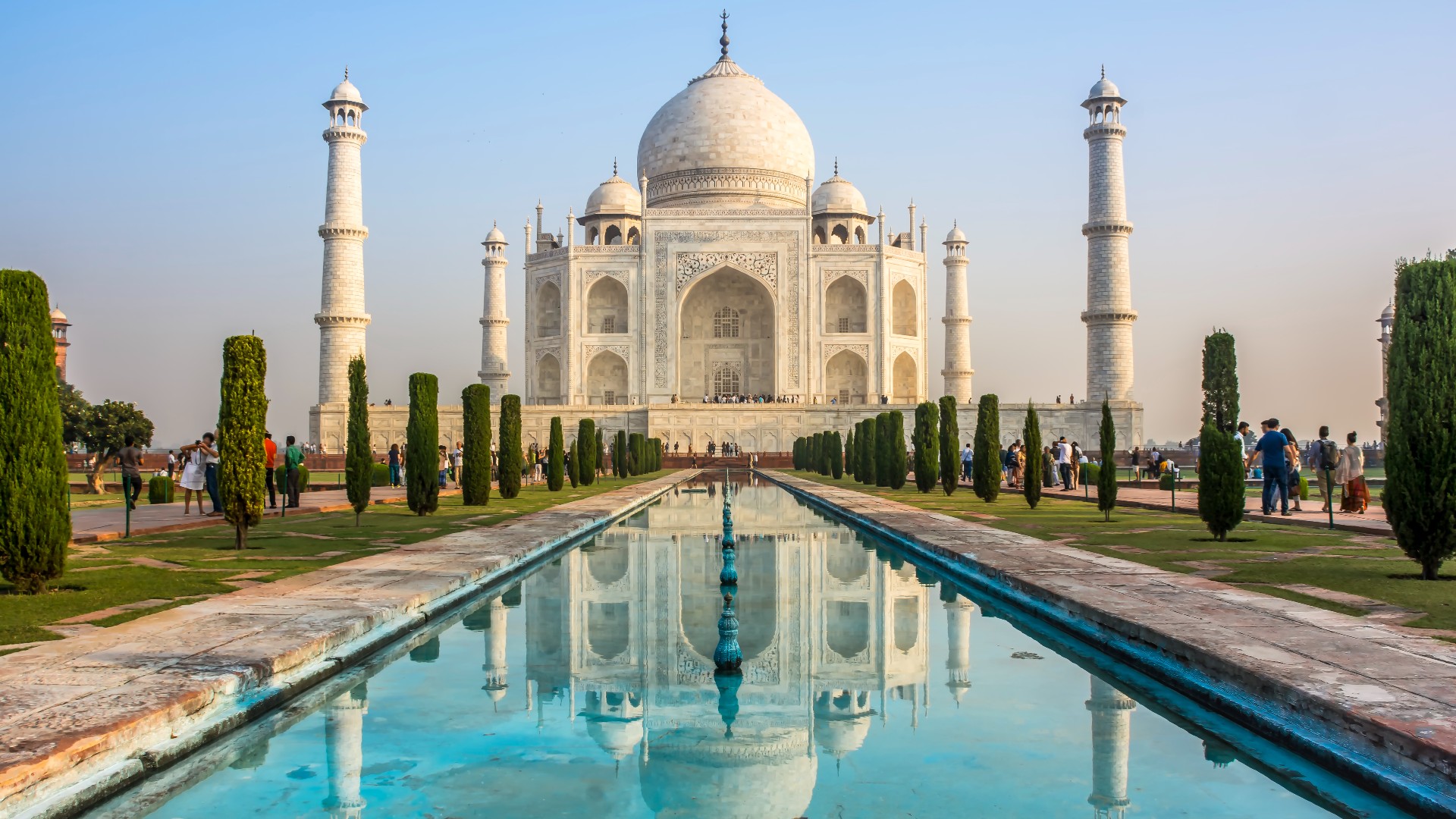
Source: Live Science
India ranks 139th globally in terms of clean water and sanitation, according to the Environmental Performance Index (EPI). This score reflects challenges in both access to safe drinking water and the availability of proper sanitation facilities.
Despite improvements in recent years—such as increased access to improved drinking water and a reduction in open defecation—India still faces significant challenges. Groundwater contamination, over-extraction, and uneven sanitation coverage across states contribute to its low ranking.
The government has launched several initiatives, including the Swachh Bharat Mission and the Jal Jeevan Mission, to improve water quality and sanitation nationwide.
These programmes aim to provide access to clean tap water, construct toilets, and promote hygiene practices, particularly in rural areas.
Which Country Has The Healthiest Water in the World?
When it comes to the healthiest drinking water, several countries stand out for their purity, safety, and taste. According to the latest Environmental Performance Index (EPI), Switzerland consistently ranks at the top.
Here's why Switzerland leads:
- Natural sources: The majority of its water originates from pristine lakes, underground springs, and glacial runoff.
- Strict regulations: The country enforces high water quality standards and advanced purification systems.
- Minimal treatment needed: In some areas, the water is so clean that it requires little to no chemical treatment before reaching homes.
Other top performers include Norway, Finland, Germany, and Luxembourg, all of which have strong environmental policies and advanced water infrastructure.
Which State Has The Safest And Cleanest Water In The U.S.?
Source: History.com
Hawaii is widely recognised as the U.S. state with the safest and cleanest tap water. According to recent reports, Hawaii recorded only two water quality violations, an incredibly low number compared to other states.
Here's why Hawaii stands out:
- Natural filtration: Water comes from volcanic aquifers and freshwater streams, naturally filtered through porous rock.
- Strict environmental laws: The state enforces tight regulations to protect its fragile ecosystem.
- Minimal contamination: Testing shows almost no harmful pollutants in its public water systems.
Other top U.S. states with the cleanest tap water, based on EPA data and expert analysis, are:
| Rank | State | Key Features of Water Quality |
| 1 | Hawaii | Volcanic aquifers, minimal violations, natural filtration |
| 2 | Tennessee | Smoky Mountain runoff, tight controls, and low contamination |
| 3 | Massachusetts | Strict state regulations, rapid response to issues |
| 4 | Vermont | 99% access to clean water, protected watersheds |
| 5 | South Dakota | Secretary's Award winner, 95%+ compliance with EPA standards |
| 6 | Minnesota | Strong health department support, clean lakes and rivers |
| 7 | New Hampshire | Stricter-than-EPA standards, PFAS monitoring |
| 8 | Kansas | Clean reservoir sources, strict agricultural water laws |
| 9 | Missouri | Frequent reporting, award-winning tap water taste |
| 10 | Rhode Island | Natural water resources, tight pollution controls |
What Is The U.S.'s Rank Globally For The Most Clean Water?
The United States ranks 43rd globally in terms of access to the cleanest drinking water, according to the Environmental Performance Index (EPI).
Although this may seem lower than expected, it's essential to note that the U.S. still maintains a high water quality score of 97.47 out of 100.
What's Next| Which is the Most Beautiful state in the US? Top 11 Most Scenic States in USA

Comments
All Comments (0)
Join the conversation